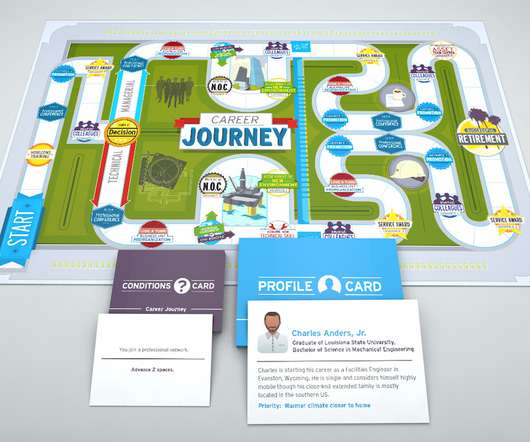Kirkpatrick Revisited | Social Learning Blog
Dashe & Thomson
APRIL 17, 2011
Kirkpatrick says participants need to achieve certain knowledge, skills, and attitudes to get to the desired behavior and results. knowledge, skills, and attitudes?have have been accomplished, no change in behavior can occur. Level 3: Behavior. This is not just testing the content. Level 4: Results.






















Let's personalize your content